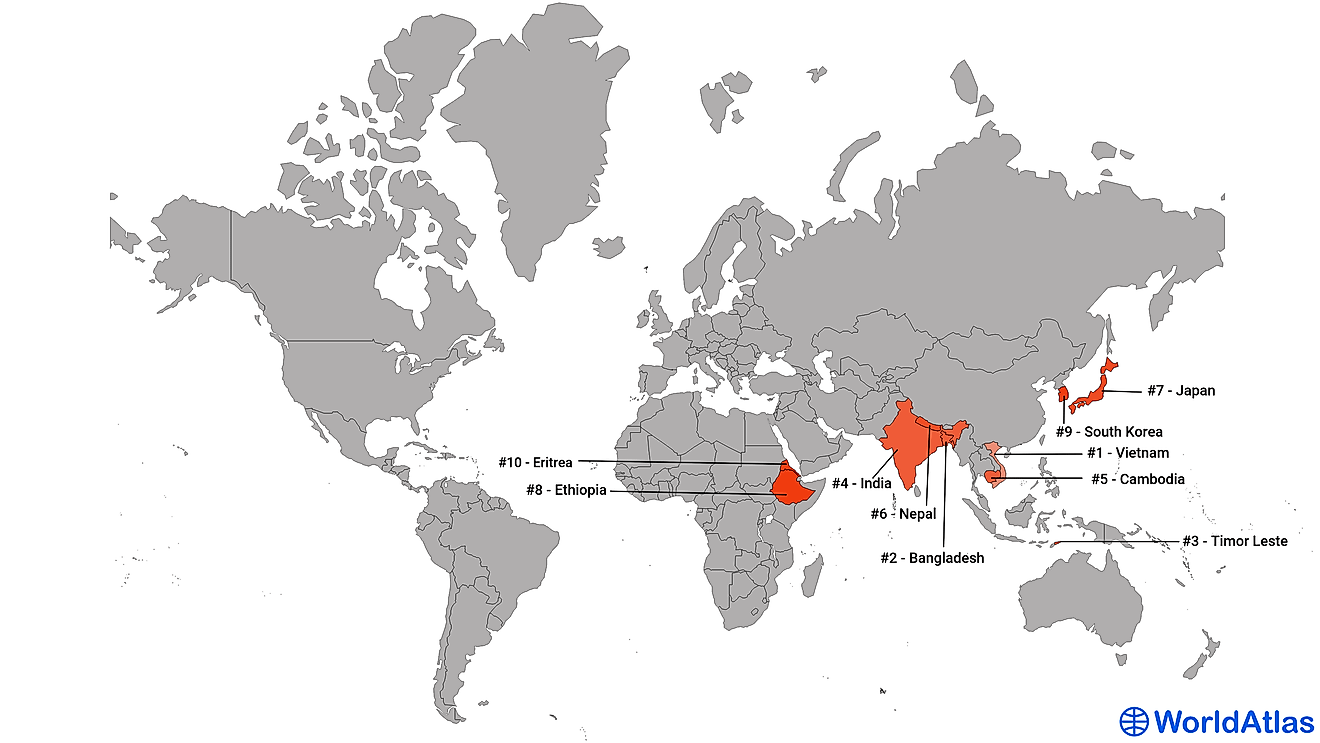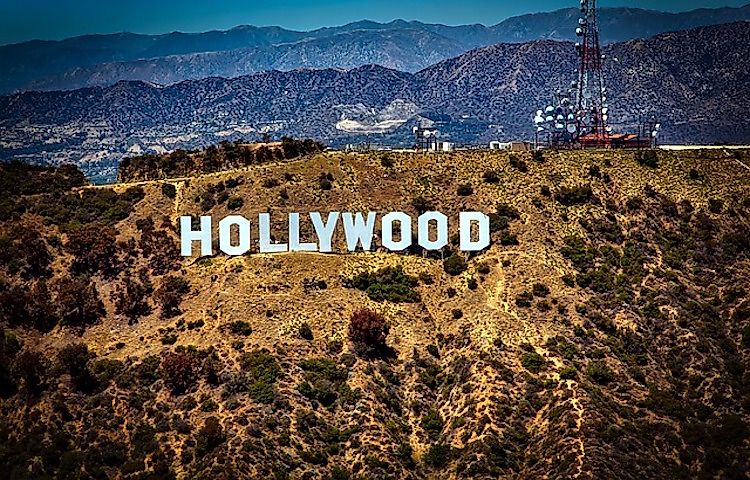The Kumbh Mela: The Largest Gathering On Earth

5. Record Crowds
In India, every twelve years, millions of Hindu devotees gather at either one of the four designated Hindu sacred sites of Prayag in Allahabad, Trimbak-Nashik, Ujjain or Haridwar, along the banks of the holy rivers of India, as part of the ritual gathering of the Maha Kumbh Mela. In 2013, the year of the last Maha Kumbh, a staggering number of 120 million people gathered in Allahabad over a period of two months. The day of February 10th, 2013, alone witnessed a footfall of 30 million people at the festival grounds. The Kumbh Mela gatherings, occurring over a land area of only around 20 square kilometers, is regarded as the largest gathering of humans on Earth.
4. Religious Role
The Kumbh Mela is highly popular among devout Hindu worshipers who believe that if one takes a bath in the holy waters of the river at the sacred site of the Kumbh Mela, one’s sins will be washed off forever. A legend connects the Kumbh Mela to Hindu mythology. According to the legend, the Gods and demons fought against each other to churn out amrita, the potion of immortality, from the ocean. Once the amrita was churned out, it was stored in a pot (the kumbha) and the Gods, unwilling to share the immortal drink with the evil demons, sent away the pot with a divine carrier. It is said that this divine carrier stopped over at the four places where the Kumbh Mela (Kumbh: pot; Mela: fair) is now held. However, the actual date of start of the fair is shrouded in mystery. The accounts of the famed ancient Chinese traveler, Hiuen Tsang, mentions a similar ritual held by Emperor Shiladitya in what is now modern day Allahabad in 644 CE. This could be regarded as the earliest known record of the Kumbh Mela.
3. Modern Significance
The Kumbh Mela is not only important from the religious and spiritual point of view but also has a significant economic impact in India. The festival generates temporary employment for over 600,000 workers and significantly boosts the local transport and tourism industry. The state government of the state hosting the Kumbh Mela also earns huge revenue from the festival. Estimates reveal that the event generates business amounting to well over $2000 million USD. Recognizing the popularity of this event, many Hindu leaders and priests have started celebrating similar festivals under the common umbrella of Kumbh Mela to draw pilgrims to their own pilgrimage sites and boost the site’s importance in the Hindu world. The Kumbh Mela also exhibits the power of religion and how it can unite people of all socioeconomic backgrounds and ages to gather together, enduring massive discomfort and miseries to participate in rituals that promise salvation.
2. Rituals of the Kumbh Mela
While ritual bathing in the rivers of the site where the Kumbh Mela is held is the most noticeable event of the festival, the Peshwai Procession, a procession of Hindu monks and ascetics, is also a large crowd puller. The two months of the Kumbh Mela also encompass several religious discussions, preaching sessions where Hindu doctrines are taught by the religious gurus to the common man, religious musical events, and charity work. Mass feeding of the poor and the needy, holy men and women, sponsored by wealthy Hindus visiting the event, is also a common practice at the Kumbh Mela.
1. Environmental Threats and Crowd Safety
Since the Kumbh Mela triggers a gathering of massive proportions near the banks of India’s important rivers, the end of the festival is followed by large-scale clean-up operations to ensure the site is free of garbage and other pollutants left by the pilgrims. Public safety is also a major concern during this festival. Past cases involving stampedes killing large numbers of pilgrims have been reported. For example, in 2013, a stampede broke out at a railway station in Allahabad during the Kumbh Mela killing 36 people. The deadliest Kumbh Mela stampede occurred in 1954 when nearly 1000 people died in the incident. Petty thieves are quite common at the festival who try to take advantage of the large gatherings to snatch the personal belongings of pilgrims and tourists. Security arrangements at the festival are very carefully planned out to stop any form of natural or man-made disasters since any such occurring can put at stake the lives of large numbers of people.











